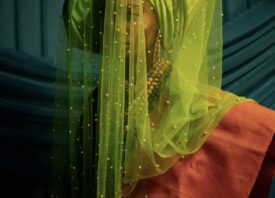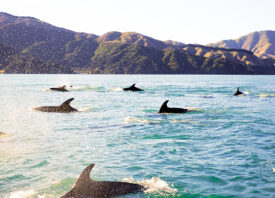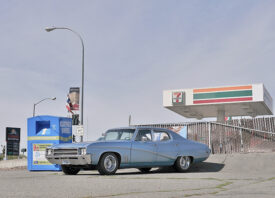Search this site
Spellbinding Nature Photography With a Dark and Disturbing Twist

Photo Assemblage, Pigmented Ink Print, 2020

Photo Assemblage, Pigmented Ink Print, 2021

Photo Assemblage, Pigmented Ink Print, 2020
During his two months in Costa Rica, the artist Jason DeMarte spent days and nights in small cabins dotting the country’s mountains and cloud forests, immersed in nature photography. “It was just me, my little portable studio, and nature,” he remembers. “Observing the quiet slowness of the clouds washing over the mountain punctuated by the busy buzzing of hundreds of hummingbirds was completely surreal.”
Known for its natural wonders and commitment to protecting and restoring vital ecosystems, Costa Rica proved the perfect location for DeMarte’s Arcadia, a project that shares its name with the mythological Greek utopia—home of mountains, fields, and heroes. But DeMarte’s work is rarely straightforward, and the specter of the global climate crisis and environmental degradation lingers in the periphery.
Look closely at this “nature photography,” and you’ll find that among the birds and orchids, there are sprinkles and gummy candies, lending an eerie sense of artificiality to an otherwise idyllic scene. These are not single photographs but meticulously constructed illusions, composed of many parts. “I shoot each element separately and then focus-stack to achieve maximum depth of field,” the artist explains.
“The stacked images are then masked and collaged.” If you count that focus-stacking, there are hundreds of individual photographs represented in a single one of the Arcadia images. DeMarte spent two years working on the seven images that make up the series.
That is, all of the elements are “real,” but they’ve been rearranged. While in Costa Rica, DeMarte packed up his studio, condensing everything into a portable setup that included small strobes, reflectors, backdrops, and “a ton of clamps.” He traveled from one Airbnb to another, photographing what he found along the way.
Although he photographed most of the plants in the studio, that wasn’t always an option, and he spent many hours in the heat visiting orchid farms, nature reserves, and botanical gardens in search of natural treasures to capture in the field. Of course, the birds had to be photographed in their natural habitats, so DeMarte planned his trip to overlap with the fruiting season so they’d be out and about feeding.
When constructing the images themselves, the artist combined the wonder he experienced in Costa Rica with a palpable sense of unease about the future of the natural world. The cloudy skies are natural—and beautiful—but when littered with artificial sweets, they take on a foreboding tone.
DeMarte was inspired, in part, by Martin Johnson Heade’s 19th-century paintings of hummingbirds and orchids. Like Heade, the photographer has always been devoted to natural history—but his brand of nature photography has a distinctly dark, 21st-century twist.
“I like that the clouds could be seen as possibly smoke from a forest fire, volcanic eruptions, or just benign clouds,” DeMarte admits. In recent years, his work has evolved in terms of both content and process: he’s refined and expanded his techniques, and he’s also become increasingly interested in society’s obsession with entertainment and instant gratification, both of which bring us even further from our origins in nature.
“Despite this shift in focus, my fundamental concern remains the same: the climate crisis, mass extinction, and the fate of our natural world,” the artist says. “This concern is evident in all the work and can be traced through all of my series.”
DeMarte spent much of his childhood in close contact with nature, enchanted by the insects, reptiles, and amphibians he saw while exploring the woods. His work today deals with the destruction of the environment—and our alienation from it—but it also contains much of the same wonder that inspired him as a child.
Recently, he’s started growing flowers and raising moths and butterflies to photograph. “While I still feel the magic of the natural world, I now have a much different understanding of its fragility,” he tells me.

Photo Assemblage, Pigmented Ink Print, 2020

Photo Assemblage, Pigmented Ink Print, 2021

Photo Assemblage, Pigmented Ink Print, 2021

Photo Assemblage, Pigmented Ink Print, 2021
All images © Jason DeMarte
Read this next: The Enduring Allure of Artificial Reality, in Photos



